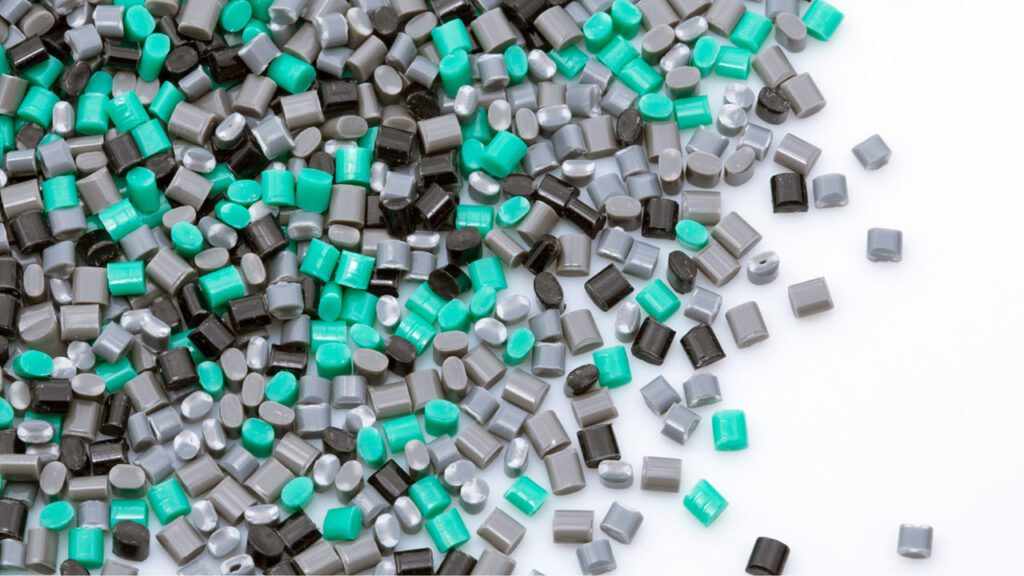
The acrylic acid market continues to demonstrate robust growth across various industrial sectors, driven by increasing demand for superabsorbent polymers and adhesive applications. This essential chemical compound, known for its versatility and widespread industrial applications, has become a cornerstone of modern manufacturing processes.
Overview and Current Trends
The global Acrylic Acid industry has witnessed significant transformation over the past decade, with major players expanding their production capabilities to meet growing demand. The market, currently valued at approximately $13.45 billion, has been experiencing steady growth at a CAGR of 4.8%. This growth is primarily attributed to the rising demand from emerging economies and the expanding applications in various end-use industries.
The Asia-Pacific region dominates the market share, accounting for nearly 45% of global production and consumption. China and India have emerged as major manufacturing hubs, with several new production facilities being established to cater to both domestic and international markets.
Industrial Applications and End-Use Sectors
Superabsorbent Polymers (SAP)
The largest application segment for acrylic acid remains in the production of superabsorbent polymers, which are extensively used in personal care products, particularly disposable diapers. The growing population and increasing hygiene awareness in developing countries have significantly boosted this sector. The SAP segment alone accounts for approximately 35% of total acrylic acid consumption globally.
Surface Coatings and Adhesives
The surface coatings industry represents another significant consumer of acrylic acid and its derivatives. These materials are crucial in producing water-based paints, architectural coatings, and industrial finishes. The construction boom in emerging economies and the growing automotive sector have substantially increased demand in this segment.
Textile Industry Applications
Acrylic acid plays a vital role in textile manufacturing, particularly in the production of synthetic fibers and fabric treatment solutions. The compound's ability to enhance fabric durability and moisture-wicking properties has made it indispensable in modern textile production.
Production Technology and Innovation
Recent technological advancements have focused on developing more sustainable production methods for acrylic acid. Traditional propylene-based production is gradually being complemented by bio-based alternatives, responding to growing environmental concerns and regulatory pressures.
Several major chemical companies have invested in research and development to create bio-based acrylic acid from renewable resources such as glucose and glycerol. These innovations aim to reduce the carbon footprint while maintaining product quality and performance characteristics.
Supply Chain Dynamics and Raw Material Considerations
The acrylic acid market's supply chain has faced significant challenges in recent years, particularly during the global pandemic. The industry's heavy dependence on propylene as a primary raw material has led to price volatility and supply uncertainties. Major producers are now focusing on supply chain diversification and vertical integration to ensure stable production capabilities.
Environmental and Regulatory Landscape
Environmental Considerations
The acrylic acid industry faces increasing scrutiny regarding its environmental impact. Manufacturers are adopting cleaner production technologies and implementing stricter emissions control measures. The shift towards bio-based alternatives represents a significant trend in addressing environmental concerns.
Regulatory Framework
Stringent regulations governing chemical manufacturing and usage, particularly in Europe and North America, have prompted industry players to invest in compliance measures. These regulations cover aspects such as storage, transportation, and disposal of acrylic acid and its derivatives.
Challenges and Opportunities
Cost Fluctuations
Raw material price volatility remains a significant challenge for manufacturers. The industry's dependence on petroleum-derived feedstock makes it susceptible to oil price fluctuations, affecting production costs and profit margins.
Emerging Markets
Developing economies present substantial growth opportunities, particularly in sectors such as construction, textiles, and personal care products. The increasing middle-class population in these regions drives demand for products containing acrylic acid and its derivatives.
Industry Consolidation and Strategic Developments
The acrylic acid market has witnessed several strategic mergers and acquisitions as companies seek to strengthen their market position and expand their geographical presence. Major chemical companies are also investing in capacity expansion projects, particularly in Asia and the Middle East.
The acrylic acid market is expected to maintain its growth trajectory, driven by increasing applications in various end-use industries. The push towards sustainable production methods and bio-based alternatives will likely shape the industry's future development. Innovation in production technology and applications will continue to create new opportunities for market expansion.
Regional Market Dynamics
North America and Europe continue to be significant markets, characterized by technological advancement and strict quality standards. However, the Asia-Pacific region is expected to maintain its position as the fastest-growing market, driven by industrial development.
Get More Insights - Acrylic Acid Market
Get This Report in Japanese Language - アクリル酸市場
Get This Report in Korean Language - 아크릴산 시장
About Author:
Vaagisha brings over three years of expertise as a content editor in the market research domain. Originally a creative writer, she discovered her passion for editing, combining her flair for writing with a meticulous eye for detail. Her ability to craft and refine compelling content makes her an invaluable asset in delivering polished and engaging write-ups.
(LinkedIn: https://www.linkedin.com/in/vaagisha-singh-8080b91)




















Write a comment ...